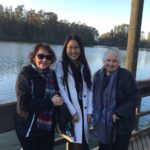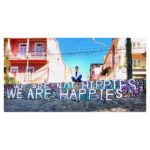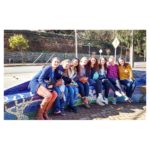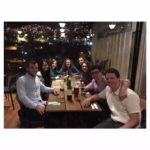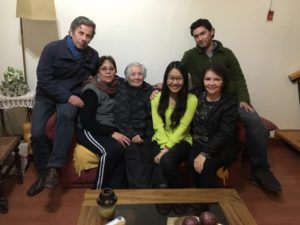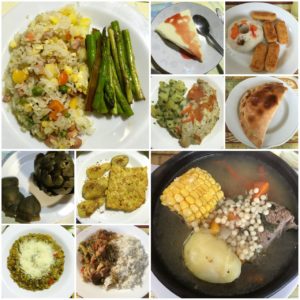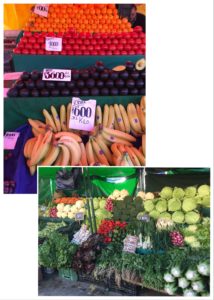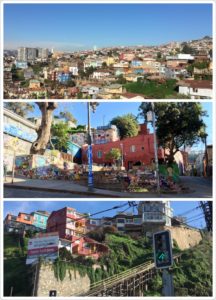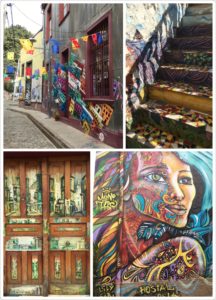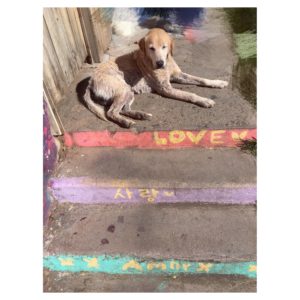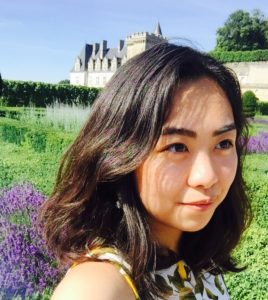Tuesday though was a day of celebration as Tours celebrated La Fete de la Musique. Again my host family served dinner earlier than usual so we could all return to town for this festival. Hundred of musicians and bands lined the streets of Tours, representing every type of musical genre. I spent the evening dancing to Reggae, French Pop, Disco and even Classical tunes, just to name a few!
This last full week in Tours, I rented bikes for a few hours with my two best friends on Wednesday, Christian from Ireland and Chana from Thailand. We explored the Loire bike path in another direction, pedaling along as the sun sparkled off the surface of the river.
After the bike session we made a spontaneous plan to visit Paris to celebrate my last weekend. We bought train tickets on Friday and left midday Saturday. In Paris we climbed the Eiffel Tower by foot to avoid the long elevator lines but the trip took over four hours! We had a little of the day left to explore some of the city and had a great time wandering the streets because of all the boisterous Euro Cup fans. Since we were in Paris on a gameday of the Euro Cup, there were three games at 3, 6 and 9 PM. Because France is the host country, the Eiffel Tower had a monstrous soccer ball dangling from its center and there is a large fan zone directly in front that broadcasts the games on a ginormous television screen. Fans from all different European countries were EVERYWHERE with their respective flags draped on their backs, chanting their teams’ cheers in all different languages. On Sunday we were able to quickly visit Notre Dame Cathedral before our return trip.
In Tours most restaurant and storeowners would converse with me in French, but in Paris most people would only answer me in English. I found their reluctance to speak in French frustrating because I was trying to become better, but the experience also made me realize the true meaning of fluency is a diction and pronunciation – my obvious American accent would always give me away.
That being said, this was the last week of my month long intensive course and I have noticed a definite improvement in my oral comprehension skills. I can actually now understand most of the recordings in my oral modules. I have become very close with my classmates and teachers, and Friday, which was a goodbye day for many of the students, was very difficult emotionally. No one wanted to leave the Institute at the close of the school day and the common courtyard was full of friends and tears.
I am excited however to begin next week because my teacher moved me up a level which is proof of my improvement over the last 5 weeks.
